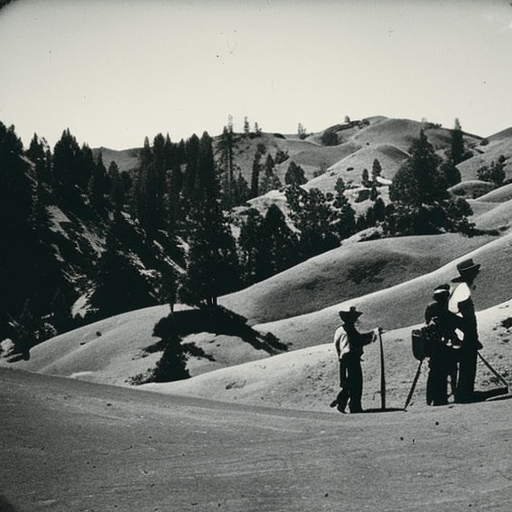Summary: The California Gold Rush was a major event in American history that occurred in the mid-19th century. It was sparked by the discovery of gold at Sutter’s Mill in 1848, which led to a massive influx of people from around the world to California in search of wealth. The Gold Rush had a profound impact on the region, transforming California into a booming state and shaping its future development.
Discovery of Gold
The California Gold Rush began on January 24, 1848, when James W. Marshall discovered gold at Sutter’s Mill in Coloma, California. News of the discovery spread rapidly, and within a few months, thousands of people from all over the world flocked to California in search of gold. Many abandoned their jobs, homes, and families to join the Gold Rush.
Impact on California
The Gold Rush had a transformative effect on California. The population of the state exploded, with the number of residents increasing from around 14,000 in 1848 to over 300,000 by 1855. The rapid influx of people led to the establishment of new towns and cities, the construction of infrastructure such as roads and bridges, and the development of industries to support the growing population.
Methods of Mining
Gold seekers used various methods to extract gold from the ground. Initially, placer mining was the most common method, which involved using pans or sluice boxes to separate gold from gravel and sand. As the easily accessible gold deposits were depleted, more advanced techniques such as hydraulic mining and hard rock mining were employed.
Impact on Native Americans
The Gold Rush had a devastating impact on the Native American population in California. As gold seekers encroached on their lands, conflicts arose, leading to violence and displacement. Native Americans were often forced off their ancestral lands, and their way of life was disrupted. Additionally, diseases brought by the newcomers further decimated their population.
Social and Cultural Impact
The Gold Rush attracted people from diverse backgrounds and cultures, creating a melting pot in California. People from all walks of life, including miners, merchants, and entrepreneurs, came together in search of wealth. The population boom also led to the establishment of diverse communities, including Chinese, Mexican, and European settlements.
Economic Impact
The Gold Rush had a significant economic impact, not only in California but also in the United States as a whole. The massive influx of gold into the economy led to inflation and a rise in prices. However, the economic benefits were not evenly distributed, and many miners struggled to find gold and make a living. Nonetheless, the Gold Rush stimulated economic growth and laid the foundation for California’s future prosperity.
Environmental Impact
The Gold Rush had a profound environmental impact on California. The extensive mining operations caused significant damage to the landscape, including deforestation, erosion, and pollution of rivers and streams. The use of chemicals such as mercury in the extraction process also had long-lasting effects on the environment and human health.
Legacy
The California Gold Rush left a lasting legacy on the state and the nation. It played a crucial role in California’s development, transforming it from a sparsely populated territory to a thriving state. The Gold Rush also fueled westward expansion and contributed to the growth of the United States. Moreover, it symbolized the American Dream and the pursuit of wealth and opportunity.
In conclusion, the California Gold Rush was a transformative event that shaped the history and development of California. It attracted people from all over the world in search of wealth, leading to a population boom and the establishment of new communities. While it brought economic growth and prosperity, it also had negative consequences, including the displacement of Native Americans and environmental damage. The Gold Rush remains an iconic event in American history, representing the spirit of adventure and the pursuit of dreams.












